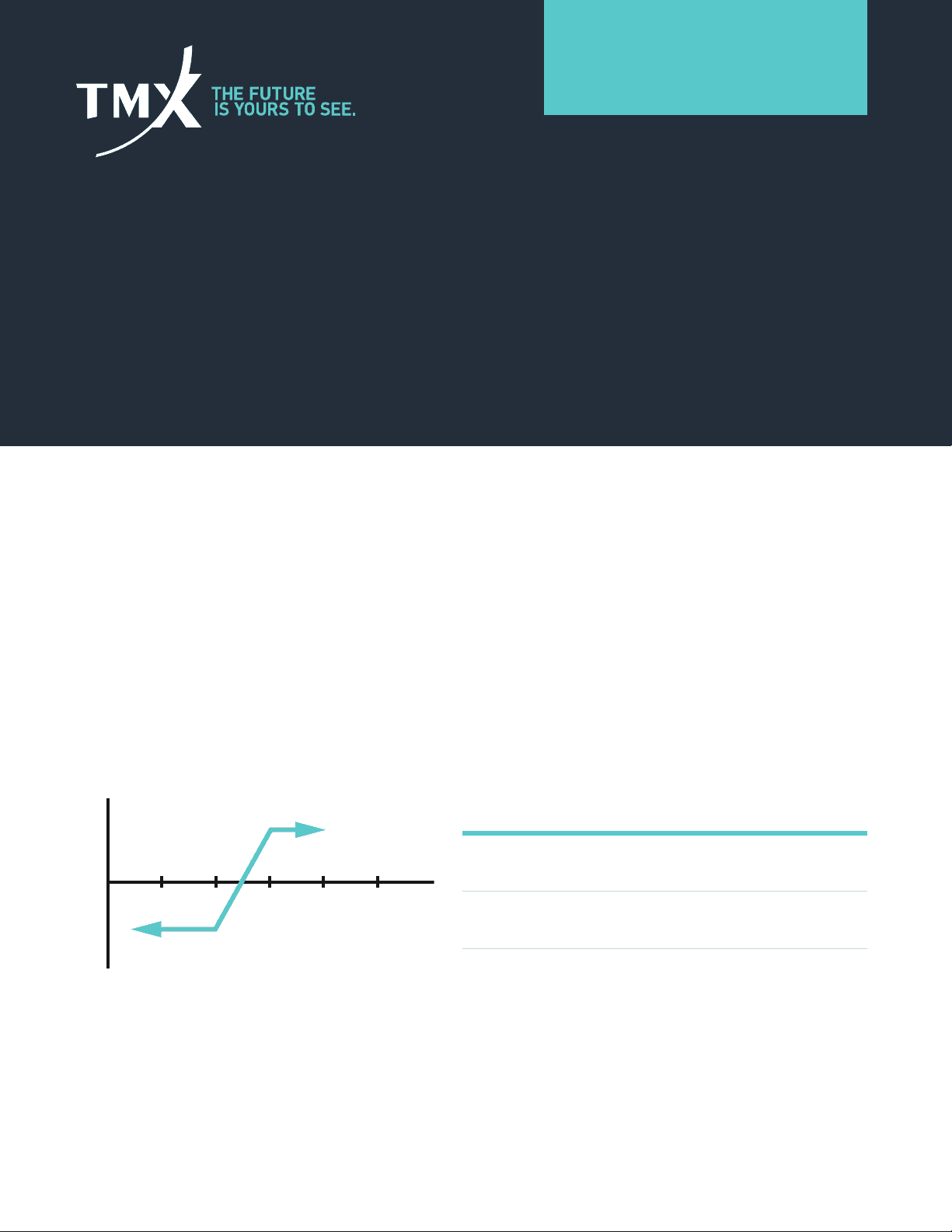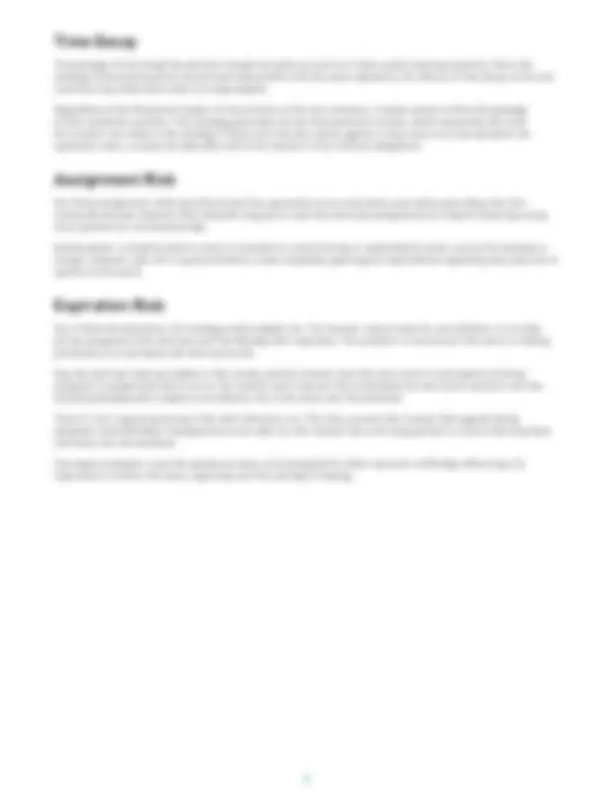



Study with the several resources on Docsity

Earn points by helping other students or get them with a premium plan


Prepare for your exams
Study with the several resources on Docsity

Earn points to download
Earn points by helping other students or get them with a premium plan
Community
Ask the community for help and clear up your study doubts
Discover the best universities in your country according to Docsity users
Free resources
Download our free guides on studying techniques, anxiety management strategies, and thesis advice from Docsity tutors
A bull put spread is an options strategy involving being short a put option with a higher strike price and long another put option with a lower strike price, both having the same expiration. This strategy generates income and limits potential losses. The investor profits if the stock price stays steady or rises, with the maximum gain being the net premium received. The maximum loss is limited to the difference between the two strike prices, less the net premium received. The strategy is suitable for investors seeking income, limited risk, or a bullish outlook on the underlying stock. The profit/loss payoff profile is similar to a bull call spread, but with different cash flows and potential for early assignment.
Typology: Study notes
1 / 3

This page cannot be seen from the preview
Don't miss anything!


A bull put spread involves being short a put option and long another put option with the same expiration but with a lower strike. The short put generates income, whereas the long put’s main purpose is to offset assignment risk and protect the investor in case of a sharp move downward. Because of the relationship between the two strike prices, the investor will always receive a premium (credit) when initiating this position.
This strategy entails precisely limited risk and reward potential. The most this spread can earn is the net premium received at the outset, which is likeliest if the stock price stays steady or rises.
If the forecast is wrong and the stock declines instead, the strategy leaves the investor with either a lower profit or a loss. The maximum loss is capped by the long put. It is interesting to compare this strategy to the bull call spread. The profit/loss payoff profiles are exactly the same, once adjusted for the net cost to carry. The chief difference is the timing of the cash flows and the potential for early assignment.
Example
Short 1 XYZ 60 put Long 1 XYZ 55 put
Net premium received
High strike - low strike - net premium received
The bull call spread requires a known initial outlay for an unknown eventual return; the bull put spread produces a known initial cash inflow in exchange for a possible outlay later on.
Looking for a rise in the underlying stock’s price during the options’ term.
While the longer-term outlook is secondary, there is an argument for considering another alternative if the investor is bullish on the stock’s future. It would take careful pinpointing to forecast when an expected decline would end and the eventual rally would start.
Bull Put Spread Net Position
Strategy
A bull put spread is a limited-risk, limited-reward strategy, consisting of a short put option and a long put option with a lower strike. This spread generally profits if the stock price holds steady or rises.
Investors initiate this spread either as a way to earn income with limited risk, or to profit from a rise in the underlying stock’s price, or both.
A vertical put spread can be a bullish or bearish strategy, depending on how the strike prices are selected for the long and short positions. See bear put spread for the bearish counterpart.
The maximum loss is limited. The worst that can happen is for the stock price to be below the lower strike at expiration. In that case, the investor will be assigned on the short put, now deep-in-the-money, and will exercise their long put. The simultaneous exercise and assignment will mean buying the stock at the higher strike and selling it at the lower strike. The maximum loss is the difference between the strikes, less the credit received when putting on the position.
The maximum gain is limited. The best that can happen is for the stock to be above the higher strike price at expiration. In that case, both put options expire worthless, and the investor pockets the credit received when putting on the position.
Both the potential profit and loss for this strategy are very limited and very welldefined. The initial net credit is the most the investor can hope to make with the strategy. Profits at expiration start to erode if the stock is below the higher (short put) strike, and losses reach their maximum if the stock falls to, or beyond, the lower (long put) strike. Below the lower strike price, profits from exercising the long put completely offset further losses on the short put.
The way in which the investor selects the two strike prices determines the maximum income potential and maximum risk. By selecting a higher short put strike and/or a lower long put strike, the investor can increase the initial net premium income. However, it may be interesting to experiment with the Position Simulator to see how such decisions would affect the likelihood of short put assignment and the level of protection in the event of a downturn in the underlying stock.
This strategy breaks even if, at expiration, the stock price is below the upper strike (short put strike) by the amount of the initial credit received. In that case, the long put would expire worthless, and the short put’s intrinsic value would equal the net credit.
Breakeven = short put strike - net credit received
Slight, all other things being equal. Since the strategy involves being short one put and long another with the same expiration, the effects of volatility shifts on the two contracts may offset each other to a large degree.
Note, however, that the stock price can move in such a way that a volatility change would affect one price more than the other.